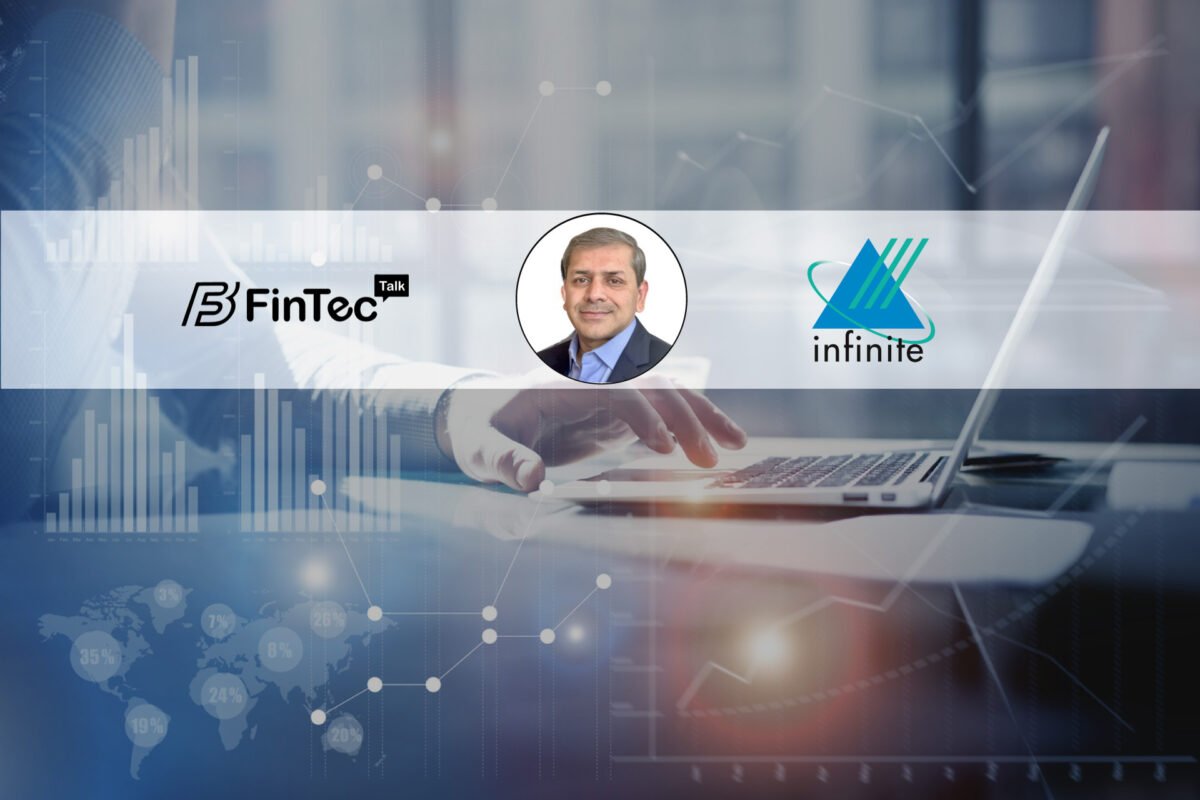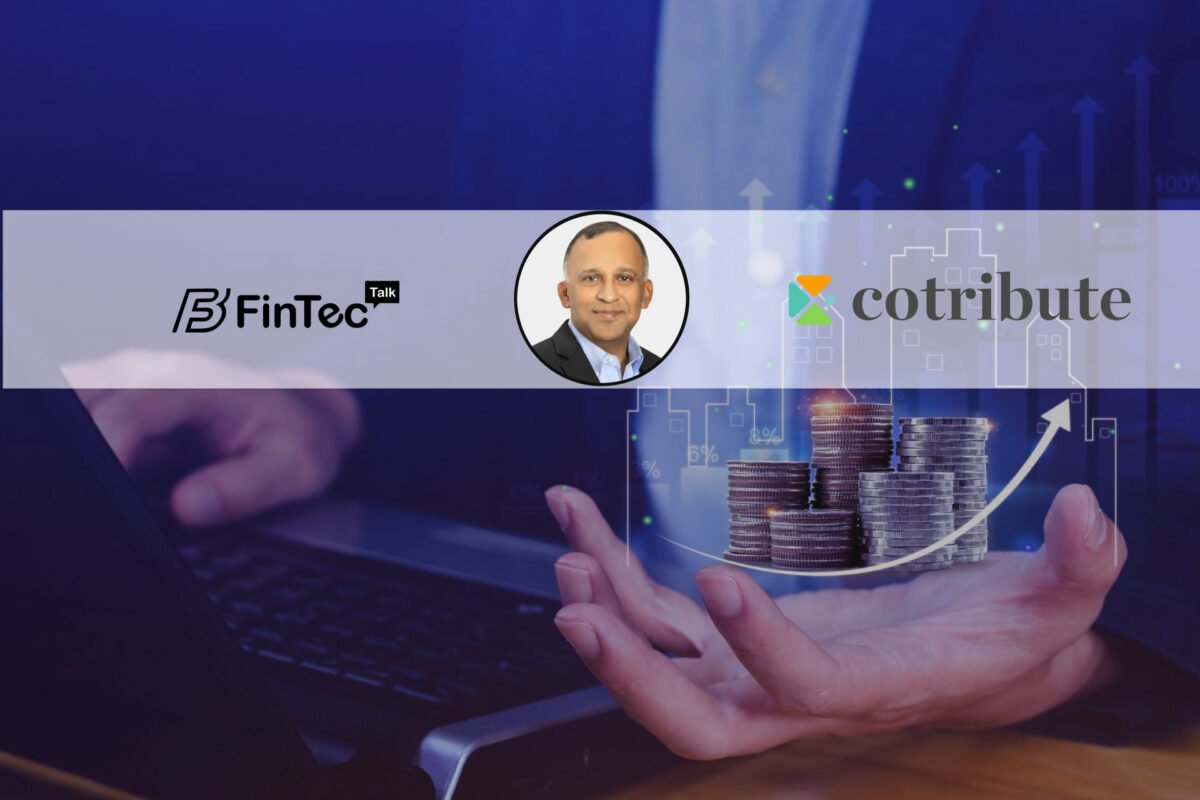GFT USA CEO Rishi Chohan shares insights on AI-driven transformation, innovation, and the future of financial services modernization
Rishi, you’ve had an impressive career leading complex technology transformations for some of the world’s top financial institutions. Could you walk us through your professional journey and how those experiences have shaped the leader you are today?
I’ve spent over two decades in the software and services space, working with some of the top names in financial services to deliver complex technology rollouts. This work with institutions such as JPMorgan Chase, Morgan Stanley, Citibank, Barclays, Deutsche Bank and many other institutions, has allowed me to witness first hand both the common challenges that plague transformation projects across the board, as well as the niche pain points associated with businesses.
Working alongside leaders across these institutions as they successfully navigated market shifts, taught me the importance of having change and transformation at the forefront of business strategy. To successfully drive business outcomes, you must ensure every member of your team is aligned with the company’s broader vision and goals. And, you must cultivate a culture of innovation, so that your business is ready to adapt when the market changes.
We are now at a unique crossroad in the financial industry, as well as in society, as AI’s impact extends across business operations. And GFT is ramping up to be at the forefront of this new AI frontier. I am taking all of my past learnings into my role as Chief Executive Officer of GFT USA to guide the company’s AI transformation from the inside out.
GFT has its own deep institutional expertise, having spent 35 years helping financial institutions move from legacy to leaders. By combining this successful history with my knowledge of the space and our AI-centric goals, I’m working to advance our AI strategy both internally for our teams and externally for our clients in order to drive GFT’s next era technology leadership.
As you work toward those priorities and long-term goals, how do you envision GFT’s role evolving within the U.S. financial services landscape?
Over the years GFT has led market shifts, ensuring financial institutions were not only prepared but also competitive – and the AI wave is no different. It’s not only the banks, asset managers and insurers who need to adjust their practices, but consultancies as well. We are reimagining how we work in order to offer the best solutions possible to financial institutions, whether they are piloting large-scale AI projects or beginning to migrate legacy systems to cloud infrastructures.
This means our role will go beyond what typical consultancies provide. Not only will we connect financial institutions to top tier technology providers like AWS and Google, we also will continue to release our own proprietary solutions, such as the recently launched Wynxx.
We have watched enough technology market moments to know that AI has not yet reached its peak. It will continue to evolve and financial institutions will need to evolve with it. Even those with large scale AI projects already in place still have work to do to prepare for the next wave. Generative AI may be becoming more commonplace and manageable but we are preparing our own business and financial institutions for the next AI iteration, behavioral AI. We are excited to guide clients through the coming transition.
GFT has a long history of partnering with major global banks like HSBC, Deutsche Bank, and Santander. From your perspective, what unique approach does GFT take to help these institutions successfully execute their digital transformation strategies?
Financial institutions are some of the largest, complex and most regulated organizations in the world. Not only do they hold a vast amount of sensitive data, they also provide highly specialized banking functions and often span multiple different regions or continents. As a result, most banks can’t take technology off the shelf and roll it out across their business since it would simply lead to failed investments.
Our 35 years of experience in this area gives us a unique edge: technology expertise paired with a deep understanding of financial services operations. We’ve spent decades inside banks solving critical challenges, which lets us design technology solutions that align with their business needs.
For example, a bank needed to enhance its fraud detection and we determined that Google Vertex AI was the right solution to meet the bank’s needs, despite the fact that the technology is not typically being used for that purpose. To support this request, GFT is helping the bank train Google Vertex on common patterns in order to identify potential fraud and trigger action to prevent it.
Another bank needed their fraud detection system to be built with AWS based on their existing internal systems, so we are working on a custom anti-money laundering process driven by AI.
With over 35 years of GFT’s experience supporting U.S. banks and asset managers, how do you see the company’s deep domain expertise uniquely positioning it to guide financial institutions through modernization and innovation?
Few challenges are new to us. Our decades of experience in financial services digital transformation projects have taught us what to look for, how to navigate obstacles, and how to implement technology for maximum return on investment. We understand our clients’ workflows, revenue drivers, and cost centers, so we can align modernization and innovation with their top line business priorities.
Of course as technology evolves so do the challenges that institutions are faced with. Our experience navigating the market for years enables us to be prepared for the obstacles that are new to institutions and equips us with the tools needed to surmount them.
Based on your conversations with major banks and asset managers, what types of digital transformation projects are they prioritizing today, and where are you seeing the most significant technology investments?
Nearly every financial firm is investing in AI. They know the industry will leave them behind if they don’t, so they’re testing use cases and gradually scaling them to help staff do more with less.
That said, the biggest investments are often in foundational projects, particularly data infrastructure. Many institutions still rely on on-premises data stores, which complicates AI deployments and other digital initiatives. Moving data to the cloud and modernizing core banking systems are top priorities, because a unified data environment is essential for future transformation.
Earlier this year, GFT introduced Wynxx, its generative AI solution for software development. Can you share examples of how clients have used Wynxx and the outcomes they’ve achieved?
Wynxx serves two purposes: it accelerates software creation by our own developers, and it’s a standalone solution for banks’ internal teams. It speeds every phase of the development lifecycle from documentation to testing and coding – sometimes cutting timelines by as much as 90%.
By shortening development cycles, clients can accomplish far more with the same resources and projects that once took six months can now be completed in a fraction of that time.
For example, one of the largest insurance companies in Brazil used Wynxx to identify vulnerabilities in their code while experiencing a high volume of attacks. Hackers were slipping through their defenses and their team alone wasn’t enough to catch and identify every potential leak. With Wynxx, the company can now identify anomalies 90% faster than the developer teams could previously and automatically fix the vulnerabilities in the code to prevent attacks 66% faster than before.
GFT is undergoing a 5-year internal transformation initiative centered on AI. Can you share what this looks like?
Our AI transformation is starting inside our organization by equipping our teams with the AI technology they need to do their jobs more effectively. For example, internally we rolled out GFT GPT, which is a chatbot that’s trained on all of our internal institutional knowledge. Now our employees can ask questions to the chatbot and receive answers in the format they need based on our own internal data.
Additionally, all of our development teams are trained on Wynxx and whenever they develop new software, they use it to drive efficiency.
I also encourage all of our staff to use AI wherever they see fit. For example, when putting together the details for a client product demo, it typically would take us several weeks. Now, with AI, our sales team is able to pull together demo videos in just a few hours.
Overall we not only have our front line engineers, but also every department including HR, marketing and finance using AI to drive innovation and efficiency across the organization.
You recently launched an AI-powered credit risk assistant tailored for private capital firms and banks. Can you tell us more about GFT’s experience in this space and what innovations are on the horizon for this sector?
We have been working with asset management firms for decades, including working with some of the largest firms in the US, to deliver custom technology solutions. Our most recent launch is informed by these years of experience and recent industry trends, including the rise of asset management firms offering credit and the rise of the private credit industry as a whole.
As asset managers diversify their offerings, we help them deploy technology that enables new services and drives operational efficiency. Next, we plan to launch a full digital-transformation suite designed specifically for private capital firms.
How are you guiding GFT to stay profitable as AI changes the industry, and how do your partnerships with AWS, Google Cloud, Nvidia, and Oracle help you deliver the right solutions to clients?
AI is reshaping the services industry by enabling employees to do more in less time. While this enhances efficiency, it also challenges the traditional billable-hour model. We are addressing this shift by developing new revenue models that are outcome driven instead of resource based, to capture the efficiencies of AI while ensuring we remain profitable and innovative.
Our partnerships with AWS, Google Cloud, Nvidia, and Oracle helps us integrate seamlessly with clients’ existing systems and deliver best-fit solutions with minimal disruption to their existing business workflows and technology infrastructure.
As someone with extensive experience leading digital transformation in the financial services sector, what key advice would you offer to emerging leaders who aspire to drive innovation and change in this rapidly evolving industry?
The only constant today is change. As a leader, you are always going to be faced with a fast-paced, shifting business landscape. To successfully navigate that, leaders need to have a finger on the pulse of whatever new technologies are surfacing, as well as their impact on businesses. It’s essential to always be one step ahead, and armed with the knowledge that will allow you to take necessary risks. It’s one thing to adapt – it’s another to disrupt. Boundaries will blur, and those who come out on top are those who can provide truly impactful solutions and services that have value beyond the short term.




